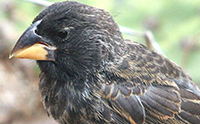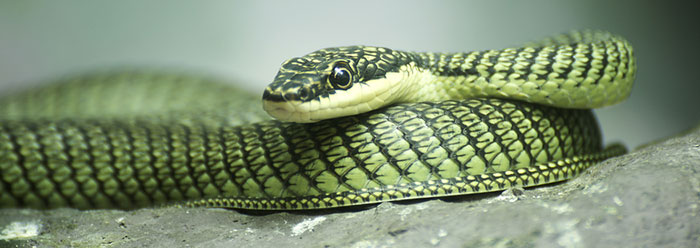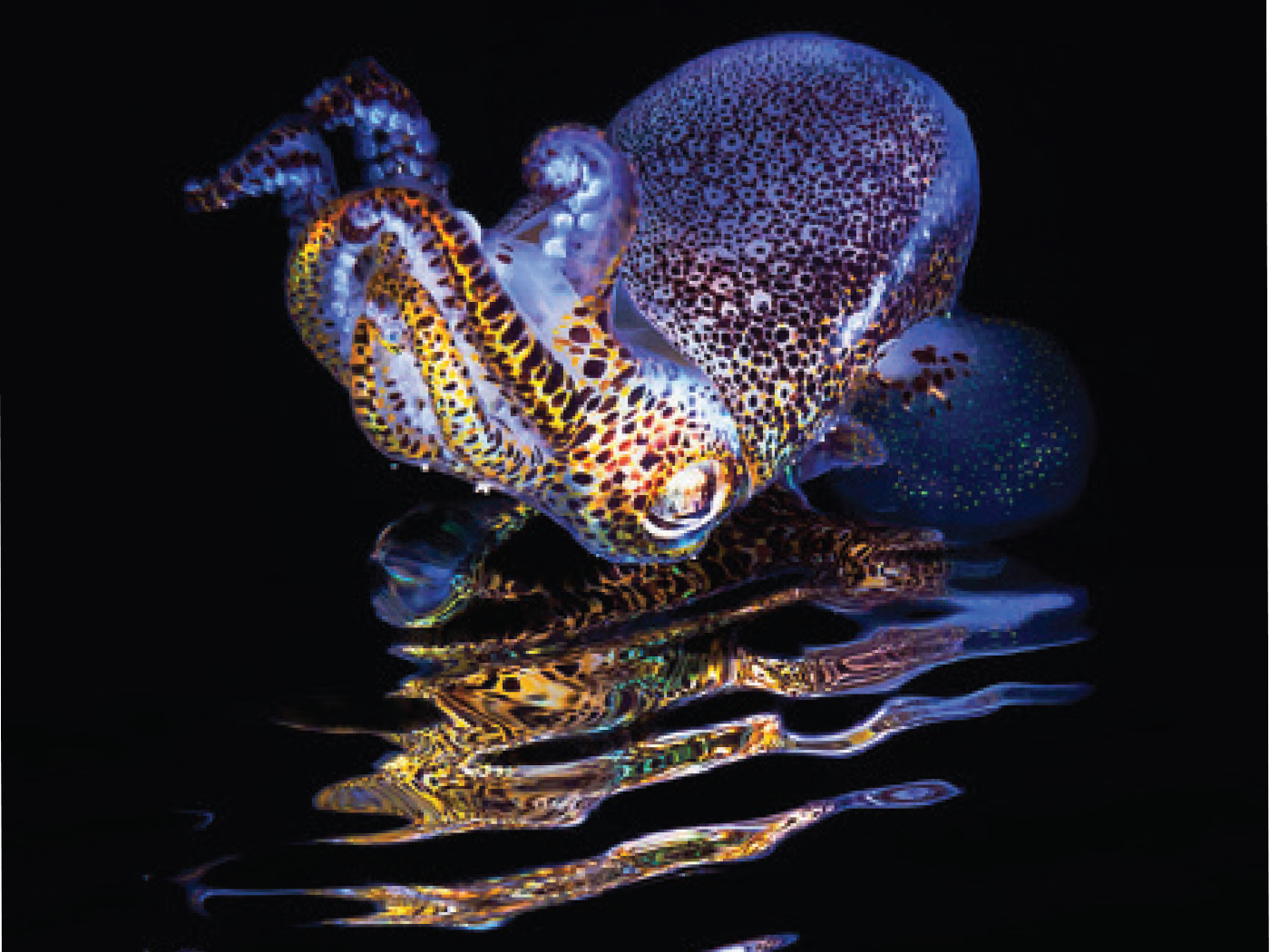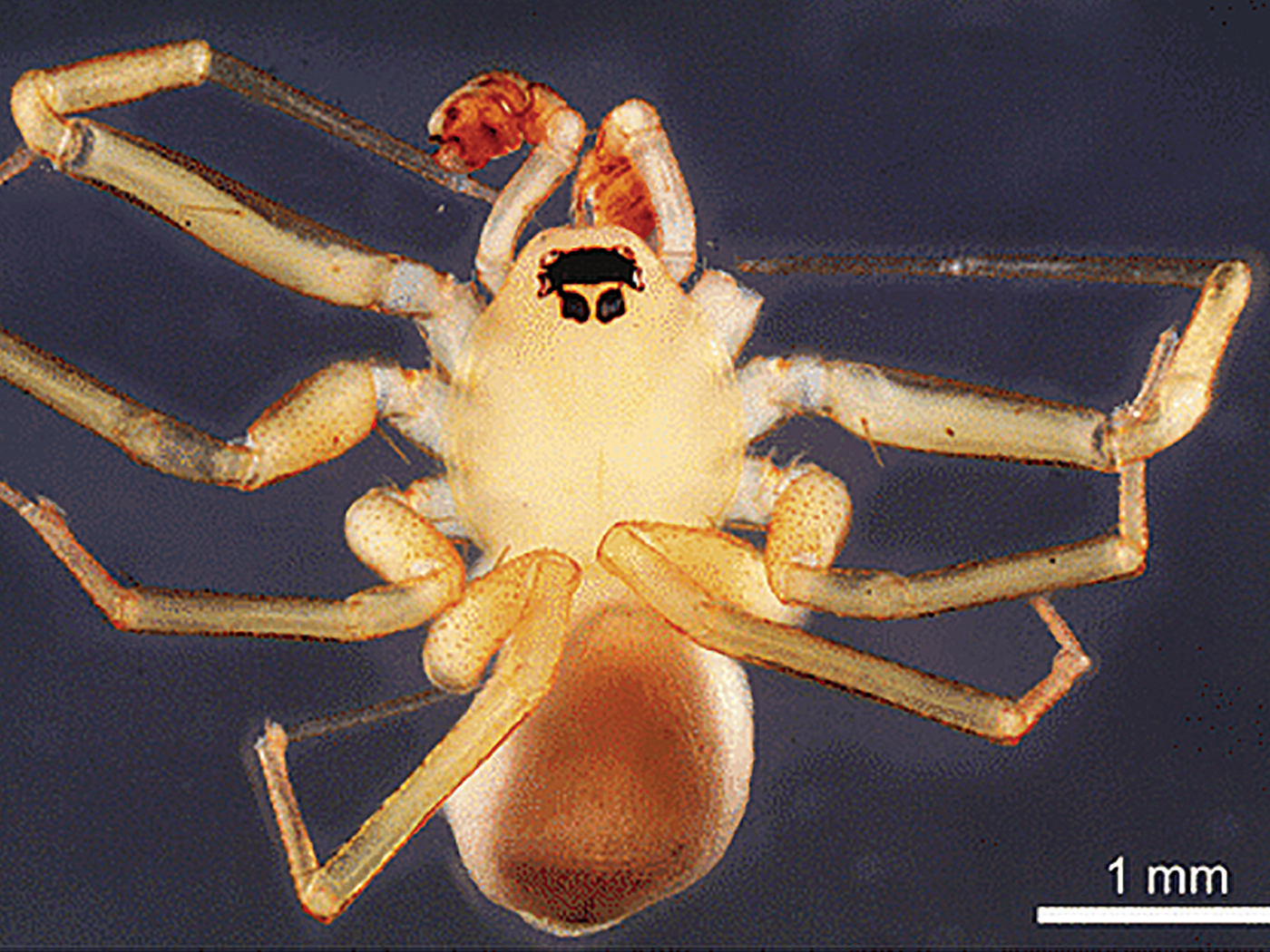Contrary to the statements of most evolutionary writers, few (if any) creationists have ever advocated the idea of absolute fixity of species. The Biblical unit of biological taxonomy, of course, is the Genesis "kind" (Hebrew, min).
It may be worth mentioning that this fact was stressed in my first book on creationism some 55 years ago:
It is well to observe at this point that the Bible does not teach the fixity of species, . . . Thus, it is probable that the original Genesis "kind" is closely akin to what the modern systematist calls a "family." And let it be stated in no uncertain terms that there is no evidence that evolution ever has occurred or ever can occur across the kinds.1
As a matter-of-fact, no scientist has ever observed even an unequivocally new species evolve from another species, although thousands of species have become extinct during human history! Evolutionists have to admit that:
. . . it was and still is the case that, with the exception of Dobzhansky's claim about a new species of fruit fly, the formation of a new species, by any mechanism, has never been observed.2
Creationists have no problem, however, with speciation, or even the "evolution" of new genera in some instances, as long as such development does not extend to the "family" (dogs, cats, horses, etc.).
According to the Bible, all present land animals are descended from the "kinds" preserved on Noah's Ark during the Flood. "Every beast, every creeping thing, and every fowl, and whatsoever creepeth upon the earth, after their kinds, went forth out of the ark" (Genesis 8:19).
It was the "kinds"—seven of every "clean" kind and two of all other kinds—that went out to repopulate the whole earth, with all its different ecological niches. Within each kind was a created genetic system capable of considerable recombination, so different varieties could quickly develop within each kind, as the descendants migrated to different regions of the world with all their different environments. Some of these eventually became stably reproducing species or even genera—probably still capable of reuniting to produce hybrids but normally remaining distinct.
Thus, all the dogs—including domestic dogs in all their varieties, wolves, coyotes, foxes, etc.—presumably descended from the two members of the created "dog kind." The same may well have been true of the cats and other zoological families.
This type of "horizontal" evolution (within the limits of variation created for each original kind) is often called "microevolution," as distinct from "macro-evolution," the total evolution of all forms of life from some imaginary primeval one-celled common ancestor.
Evolutionists use the term micro-evolution to describe the changes that take place within a persisting species and higher taxa.3
Whether macroevolution is simply "microevolution writ large," as many evolutionists allege, is a matter of dispute even among evolutionists.
A long-standing issue in evolutionary biology is whether the processes observable in extant populations and species (microevolution) are sufficient to account for the larger scale changes evident over longer periods of life's history (macroevolution).
Outsiders to this rich literature may be surprised that there is no consensus on this issue, and that strong viewpoints are held at both ends of the spectrum, with many undecided.4
Most evolutionists still hold to the dogma that microevolution (accepted by evolutionists and creationists) eventually becomes macroevolution if continued over millions of years. Evolutionist Paul Ehrlich is a leading advocate of this view.
The very same processes . . . that cause evolution within populations (microevolution) also cause populations to differentiate and form different kinds of organisms. The creation of new species is, along with evolutionary changes within species, the mechanism that generates major evolutionary patterns—such as the diversification of vertebrates into fishes, amphibian, reptiles, birds, mammals, and so on.5
On the other hand, there are many evolutionists—especially among those paleontologists who are trying to understand the ubiquity of gaps between kinds in the fossil record—who realize that this assumption probably is wrong. For example, a widely used textbook on macroevolution insists that:
Macroevolution is decoupled from microevolution.6
The Bible does not say explicitly what the limits of variation within the created kinds (or "baramins") may be, although the repeated reference in Genesis 1 to reproducing "after their kinds" seems to suggest interfertility as a key. The term "baramin," incidentally, is a word coined from the Hebrew bara ("create") and min ("kind").
Several ICR graduate students in biology, working under Dr. Ken Cumming, have been doing laboratory research on this question for several years, and there is an active ad hoc "Committee on Baraminology" consisting of several leading creationist biologists at various colleges and scientific organizations who are actively doing research in this field. The ability of seemingly distinct animals within a so-called "family" (e.g. horses and donkeys, lions and tigers, dogs and wolves) to produce hybrid progeny seems to suggest this ability as at least a preliminary definition.
This type of "evolution," if one wishes to call it that, does not take a million years. Recombinations of existing genes in the created genome for the kind, under the severe environmental pressures existing in the changed world after the Flood, could accomplish it rather quickly.
On the other hand, if one must depend on mutation and natural selection to produce new species—let alone, new families, orders and phyla as evolutionists assume, then not even billions of years would suffice!
Genetic variation depends on the process of mutation, and mutations are rare events. Any particular new DNA mutation will occur only once in about 100 million gametes. Moreover, when a single mutation occurs in a single newborn, even if it is a favorable mutation, there is a fair probability that it will not be represented in the next generation because its single carrier may not, by chance, pass it on to its few offspring.7
Remember also that practically no mutations are ever really favorable, and that many millions of favorable mutations would be required to generate a new baramin, or even a new genus. One has to wonder if such things ever could really happen. Evolutionism requires much faith! The creation model, on the other hand, with its global Flood and devastated post-Flood world, does seem to present a very plausible solution to these questions.
Some may think that the Biblical time scale after the Flood is too short for such extensive microevolution, but this would only be the case if mutations were the required mechanism. A clue to the possible rapidity of this process under the conditions of the post-Flood world may be noted in recent studies on salmon populations.
Colonization of new environments should promote rapid speciation as a by-product of adaptation to divergent selective regimes. . . . nothing is known about how quickly reproductive isolation actually evolves when new environments are first colonized. . . . We found evidence for the evolution of reproductive isolation after fewer than 13 generations.8
This case might be a mini-model of the vast wave of microevolution that must have fanned out from the Ark after the Flood. The continents were wide open for animal migrations and multiplication, and the created genetic variational potential in each baramin allowed rapid diversification and adaptation to appropriate habitats for all.
As far as the people were concerned, it took the confusion of tongues at Babel over a century after the Flood to persuade them to move out to fill the earth as God had commanded. They also (the three sons of Noah and their wives) had the genetic potential soon to become all the diversified tribes of the world (black, brown, and white tribes just like black, brown, and white bears!). This microwave of evolution after the Flood—or wave of microevolution—constitutes the only real "evolution" of biological life that fits either the Biblical record or the scientific data.
References
- Henry M. Morris, That You Might Believe (Chicago: Good Books, Inc., 1946), pp. 48,49.
- Jeffrey H. Schwartz, Sudden Origins (New York: John Wiley, 1999), p. 300.
- Elliott Sober, Philosophy of Biology (2nd Edition: Boulder, Colorado, Westview Press, 2000), p 2.
- Sean B. Carroll, "The Big Picture" Nature (Volume 409. February 8, 2001), p. 668.
- Paul R. Ehrlich, Human Natures (Wash-ington, D.C. Shearwater Books, 2000) p. 46.
- Steven M. Stanley, Macroevolution: Pattern and Process (San Francisco: W. H. Freeman and Co., 1979), p. 187.
- Richard Lewontin, The Triple Helix (Cambridge, Massachusetts: Harvard University Press, 2000), p. 91.
- Andrew P. Hendry, John F. Wenburg, Paul Bentzen, Eric C. Volk, and Thomas P. Quinn, "Rapid Evolution of Reproductive Isolation in the Wild: Evidence from Introduced Salmon" Science (Volume 290, October 20, 2000), p. 516.


























